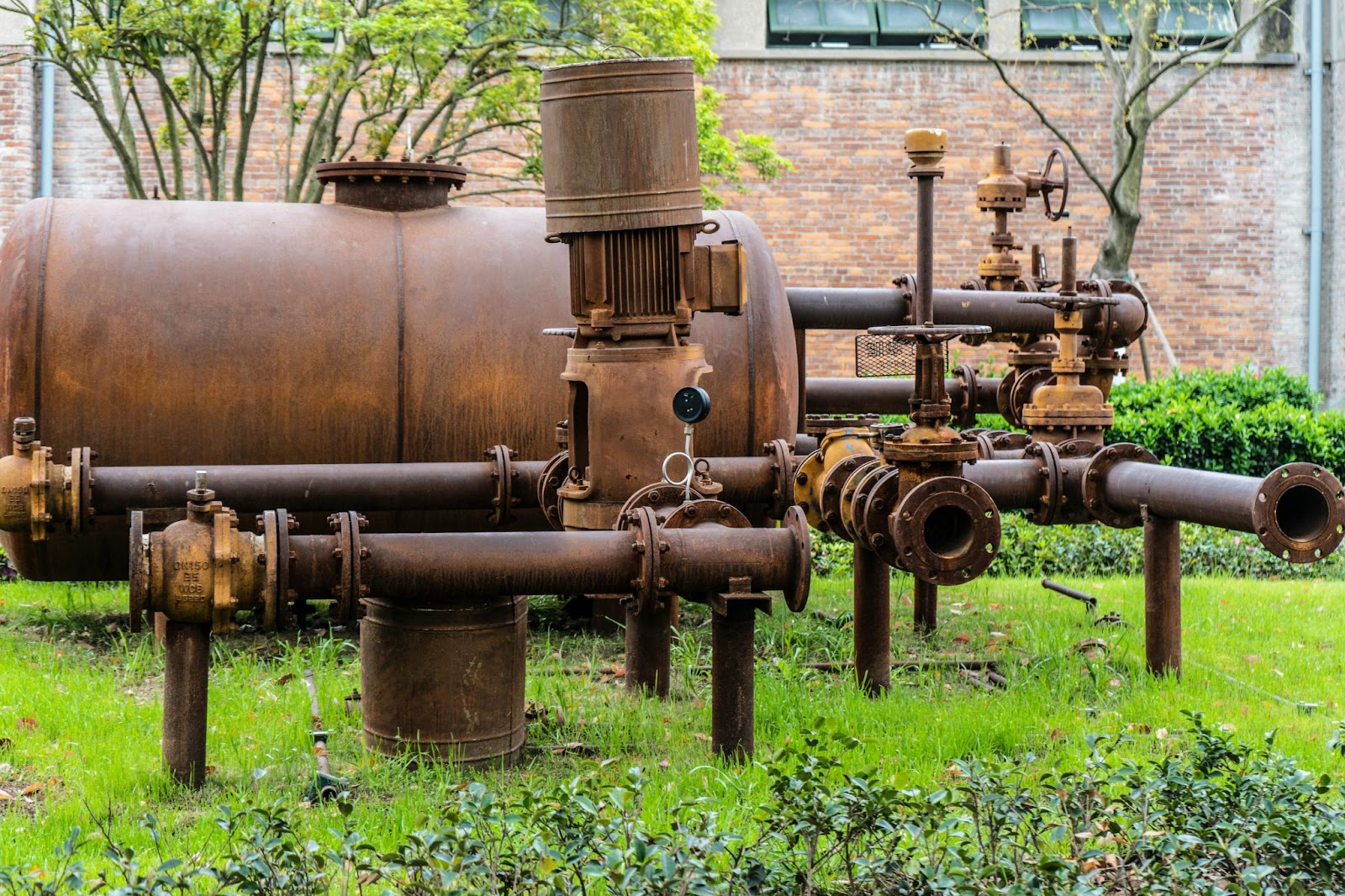Table des matières
BasculerFlanged butterfly valves are essential components in fluid control systems, offering reliable and efficient flow regulation in various industrial applications.
With different types available, including concentric, double eccentric, and triple eccentric designs, these valves cater to a wide range of pressure, temperature, and fluid compatibility requirements.
Their simple yet robust construction, along with features like tight shut-off capabilities and low maintenance requirements, make them popular choices across industries.
When selecting flanged butterfly valves, it’s crucial to consider factors like pressure ratings, flow characteristics, and material compatibility to ensure optimal performance and longevity in fluid control systems.
What is a flanged butterfly valve?
A flanged butterfly valve is a type of valve featuring a disc that rotates around a central axis, controlling flow through a pipe by opening or closing.
It is characterized by flanged ends that allow for easy installation between pipe flanges, ensuring a secure connection.
Flanged butterfly valves are commonly used in various industries for regulating or isolating fluid flow in pipelines.
What is a double-flange butterfly valve used for?
A double-flange butterfly valve is typically used for applications where a secure and leak-tight connection is required between two flanged pipe ends.
Its design allows for easy installation and removal without disrupting the pipeline.
These valves are commonly used in industries such as water treatment, HVAC, and industrial processing for regulating flow in large-diameter pipelines.
How Flanged Butterfly Valves Work
Flanged butterfly valves operate by rotating a disc within the flow of a pipeline.
When the valve is fully open, the disc is perpendicular to the flow, allowing maximum passage of fluid.
Closing the valve involves turning the disc parallel to the flow, restricting or stopping fluid flow altogether.
Components of Flanged Butterfly Valves
The main components of a flanged butterfly valve include the valve body, disc, stem, seat, and actuator.
The valve body provides the structure and contains the flow passage, while the disc controls the flow.
The stem connects the actuator to the disc, and the seat ensures a tight seal when the valve is closed.
What are the three types of butterfly valves?
Butterfly valves come in various designs, including concentric, double-eccentric, and triple-eccentric configurations.
Concentric Butterfly Valves
In this type, the stem is located in the center of the disc, and both rotate around the same axis.
They are commonly used for low-pressure applications and offer good sealing performance.
Vannes papillon à double excentrique
Also known as high-performance butterfly valves, double eccentric valves have the stem offset from the center of the disc and the center of the valve body.
This design reduces wear on the sealing elements and provides tighter shut-off capabilities, making them suitable for high-pressure and high-temperature applications.
Vannes papillon triple excentrique
Triple eccentric butterfly valves have the stem offset from both the center of the disc and the center of the valve body.
This configuration eliminates friction between the seat and the disc during operation, resulting in even tighter shut-off capabilities and improved sealing performance.
They are commonly used in critical applications requiring bubble-tight shut-off.
Advantages and Disadvantages of Flanged Butterfly Valves
Advantages of flanged butterfly valves include their compact design, ease of operation, and relatively low cost.
They also provide excellent flow control and tight shut-off capabilities.
However, they may not be suitable for high-pressure or high-temperature applications, and some designs can be prone to cavitation and erosion.
Clé à retenir
Flanged butterfly valves offer efficient flow control and reliable shut-off in various industrial applications.
Their simple design, ease of operation, and versatility make them a popular choice for regulating fluid flow in pipelines.
However, selecting the appropriate type of valve and considering the specific operating conditions are crucial for optimal performance and durability.










